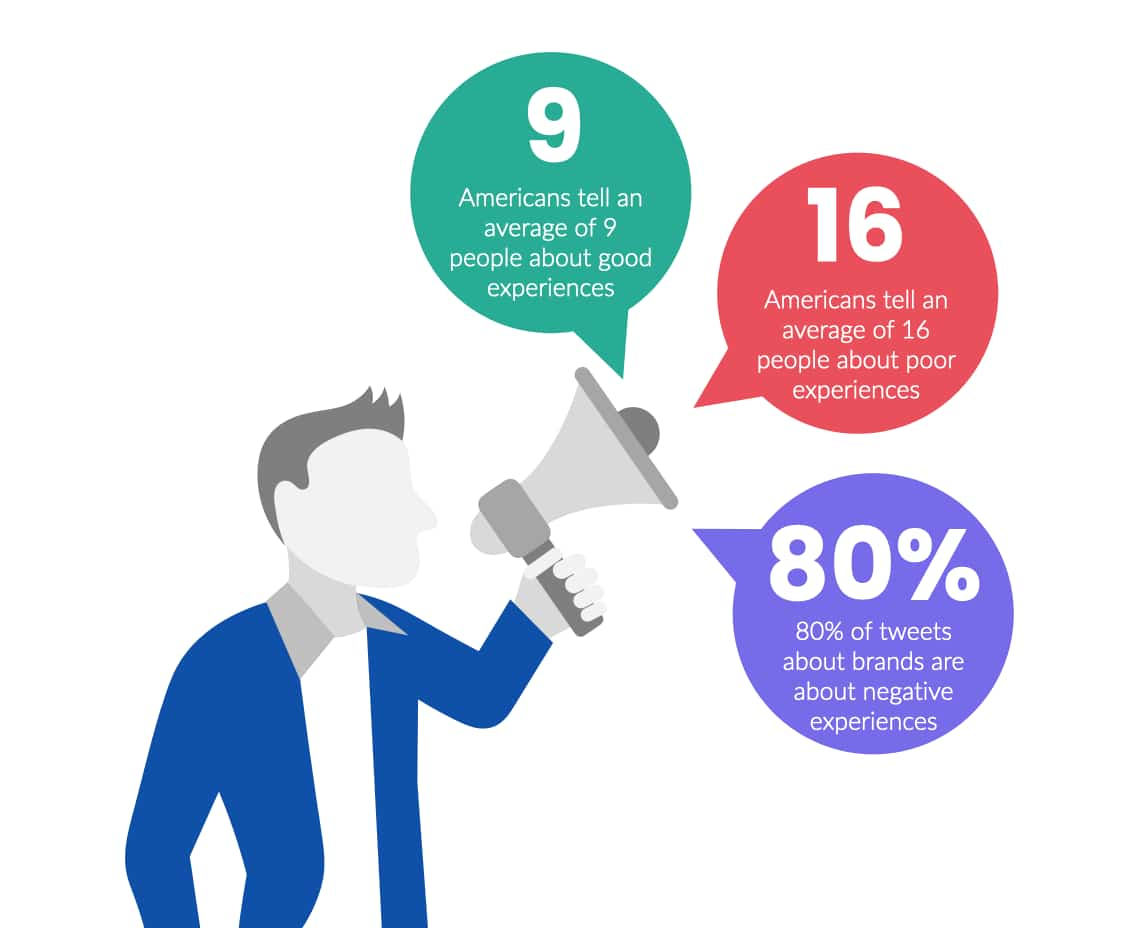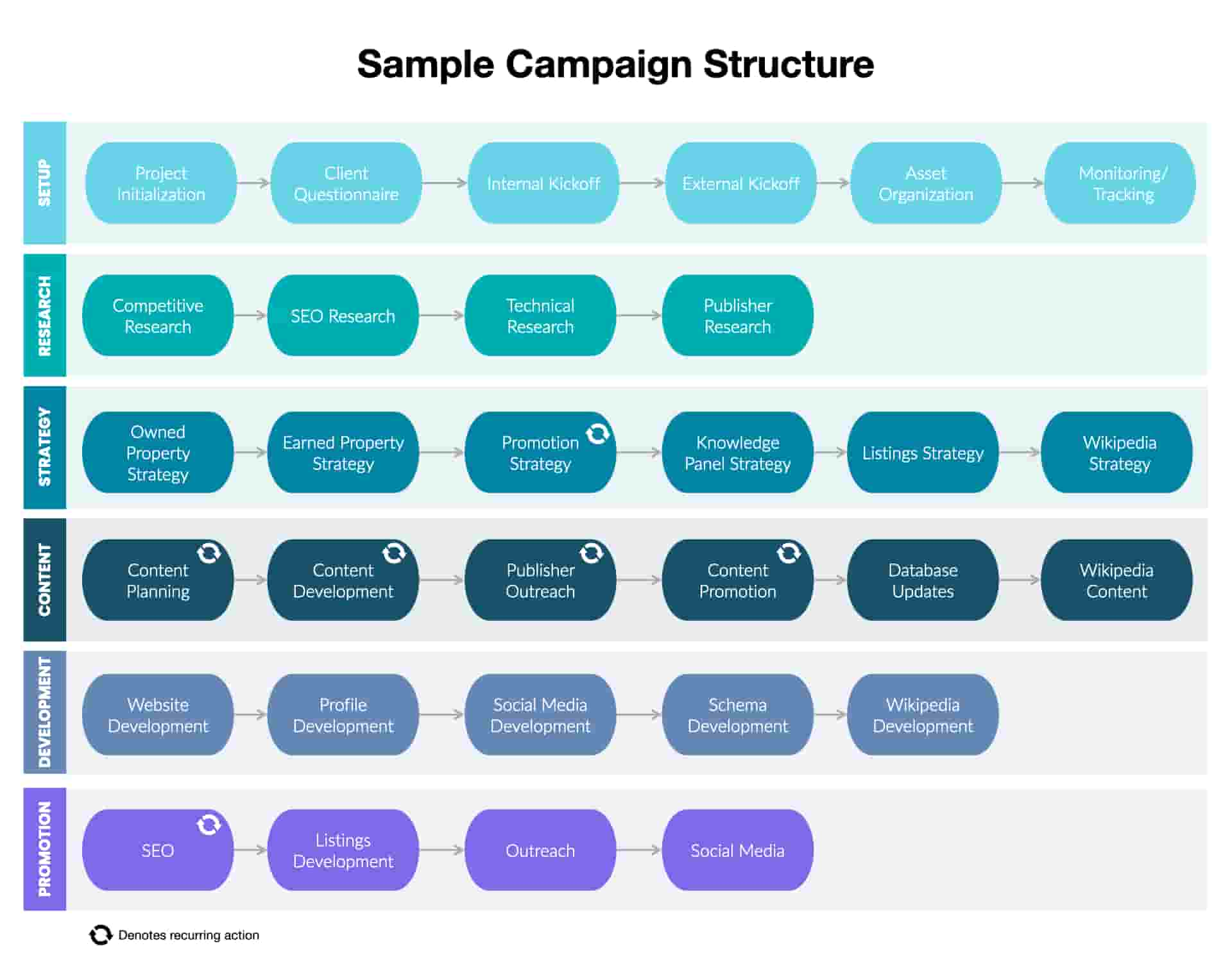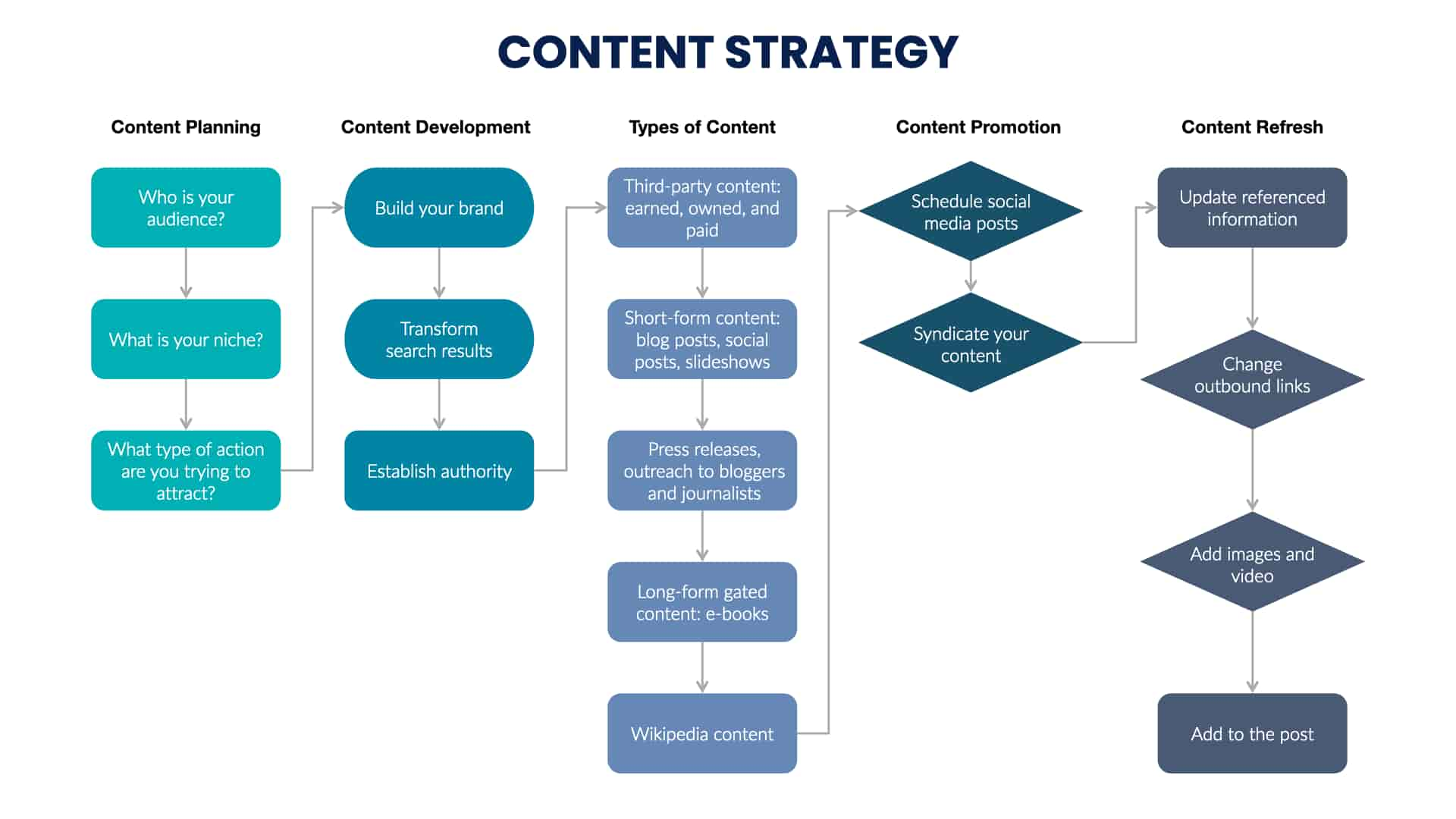Reputation Strategy After a Crisis Has Occurred
Reputation management strategy after a problem occurs
Research shows that, on average, Americans tell 16 people about a bad service experience.
Reputation tragedies can range from negative reviews online to full-blown global media crises. While a media crisis may seem a bigger problem, bad reviews that happen over a longer period of time can be more problematic. Whatever brand sentiment crisis happens, a post-crisis cleanup can help bring consumers back.

Most customer service tweets are negative
Nearly 1 million people view Tweets about brands and customer service every day. Almost 80% of those tweets are about negative experiences. Tweets stick, so when a reputation crisis occurs and then passes, the residue remains, sticking to the brand like soap scum.
Another study shows that 48% of people have changed their minds about doing business with a company based on negative internet search results.
What is online reputation management?
Online Reputation Management (ORM) is a strategic digital PR practice through which a brand takes control of how the online environment portrays the brand. The online environment includes search engines like Google and Bing, social media like Facebook and Twitter, and content sites like YouTube, blogs, news, business profiles, and more.
Since most people base their opinion on a brand based on either what they see online or what their friends and others in their social circles say, changing the “permanent record” of the internet can shift public perception of a brand.
ORM shifts public perception in that most public of forums – the internet.
Components of Online Reputation Management strategy
There are several components of an ORM strategy, but they can be broken down into the following:
1. Setting objectives
Before starting an online presence management campaign, brands need to clearly identify their objectives. After a thorough reputation analysis to understand current strengths, weaknesses, opportunities, and threats to brand perception, clear objectives are set.
One method used at Reputation X is the Reverse Wikipedia ORM Strategy (RWOS). The RWS helps us and our clients visualize ideal search results as they may look a year or more from project initiation. Wikipedia reflects a kind of peer-reviewed brand story that relies on third-party publications to support claims. The Reverse Wikipedia Strategy enables us to set our objectives for online presence, then work backward to the present time. Our objective is to engineer reality in a way that matches our “ideal” online profile as reflected in a future Wikipedia page. We use this strategy even if the client doesn’t, or will not, have a Wikipedia page. It’s the visualization that’s important.
2. Monitoring search and social
While developing an online reputation strategy for the future, it’s important to keep an eye on the present. Consumer trends happening in realtime hone future plans.
For example, if a company has experienced service problems that were reflected in online reviews and search results in the past, but that have been fixed, monitoring online reputation can help a brand keep an eye on the pulse of consumers to ensure there isn’t a relapse.
Some of the key activities of reputation monitoring include:
- Setting up Google alerts for search engine monitoring
- Monitoring Twitter conversations, mentions and hashtags
- Monitoring Facebook groups and conversations
- Monitoring forums and other social networks
- Google Trends monitoring
3. Content planning
The Reverse Wikipedia Strategy is a guide for what the ultimate collection of brand messaging should be. The strategy provides a list of target publications, consumer voice targets about the brand, branded search result guidelines, and more. All of these include branded and non-branded content assets. These assets are listed in a media or publication plan, a subset of which is the content plan.
4. Develop appropriate content
The content plan includes headlines, placements, search terms, brand voice, and other information that informs the content. Content will be developed in-house or by third-parties like bloggers, journalists, videographers, reviewers and more. An online reputation process includes the development of content for people to consume and find value with, but search engines must also be taken into account. That’s where the SEO portion of the content strategy comes into play.
Integrate SEO into content
More than 90% of all online experiences originate from a search engine query. This is why search engine optimization (SEO) is one of the key components of an ORM strategy. But a reputation-focused SEO strategy cannot succeed unless it’s closely integrated with a comprehensive content marketing strategy.
In order for a brand to control search results, it must be portrayed in a positive way in Google and Bing. Because of the way search engines work, placing a brand name in the headline of certain high profile content goes a long way in helping it rise in search rankings to help the brand look better online.
Great content helps an ORM strategy in two ways:
- It helps brands rank higher in search results on their target keywords.
- It helps brands push down negative search results, eventually making them ineffective.
This helps a brand counter negative propaganda by its competitors and protect its online reputation. So, when developing content, remember to create it 90% for people and 10% for search engines. One way of ensuring you don’t go over the line is to make sure you adhere to Google Webmaster Guidelines.
5. Online review management
They are going to review your brand, and it may not be pretty.
Part of ORM is online review management. Reviews are a component of the RWS. The ultimate goal of nearly any business is to have five-star reviews across the board, so reviews are a part of any comprehensive online presence strategy. A combination of automation and human-centric techniques is the best strategy to improve reviews.
6. Search engine promotion
If you wait for Google or Bing to sort your search results, you may be in for a long wait. But you can speed up the evolution of your search results – even guide it.
If a press release is published and no one reads it, does it exist?
That question can be asked of almost any online content. The way to increase the visibility of branded content is to create the right content via the content plan, but also to use search engine marketing to improve its visibility through paid and organic methods. Search engine marketing, which includes SEO and paid search like Google AdWords, is often part of a solid online reputation strategy. At the very least, SEO is used by all of the best reputation management companies to promote positive branded content.
You should too.
Reputation strategy FAQs
What are common reputation problems?
Things like negative online reviews, negative social media posts, negative internet search results, and corporate scandals are common reputation problems.
Why is a content marketing strategy important?
A great content marketing strategy includes both the creation and distribution of helpful, relevant content that is easy to digest and remember. This will drive people to buy your products, visit your restaurant, or, from a reputation standpoint, create a favorable picture of you online.
What are the components of an online reputation management strategy?
Set objectives. Monitor search and social. Plan content. Develop appropriate content. Online review management. Search engine promotion.
About the author
Kent Campbell is the chief strategist for Reputation X, an award-winning reputation management agency based in California. Kent has over 15 years of experience with SEO reputation management, Wikipedia editing, review management, and strategy. Kent has helped celebrities, leaders, executives, and marketing professionals improve the way they are seen online. Kent writes about reputation, SEO, Wikipedia, and PR-related topics, and is an expert witness for reputation-related legal matters. You can find Kent’s biography here.
–
Tags: Business Reputation Repair, Corporate Reputation, Online Reputation Management Services, Reputation Management.


